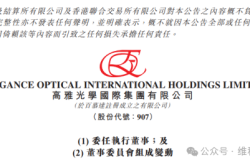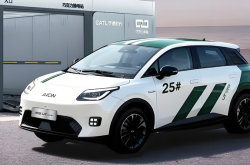Small Brands Face Toughest Challenges in Turbulent Year
![]() 01/17 2025
01/17 2025
![]() 499
499

Introduction
Who among us has yet to witness a surge in sales?
At the dawn of the 20th century, in 1900, the American automobile industry flourished like never before. New automakers mushroomed, with an astonishing count of 3,000 emerging. Driven by boundless visions for the automotive future, these manufacturers rushed into the industrial revolution.
However, this golden age was fleeting. By 1930, shrinking market demand and broken capital chains led to numerous bankruptcies. Industry consolidation accelerated, with weaker manufacturers falling prey to mergers and acquisitions, while stronger ones consolidated their positions. After this reshuffle, the number of automakers plummeted to 40-50.
By the 1950s, competition in the American auto industry reached a fever pitch. After another round of consolidation, only 10-12 manufacturers survived. Renowned brands like Kaiser, Packard, Desoto, and Hudson either went bankrupt or were acquired, leaving a landscape dominated by three giants. Even one of these giants could not escape acquisition by a European company.

Looking back at history, one can discern the patterns governing development. Especially as China's automobile market emerged as the world's largest, it too is teeming with numerous automotive brands. Despite China's relatively short automotive history, it too is experiencing fierce competition. In recent years, the refrain "only a few will survive" has echoed incessantly.
Many automotive executives have forecast that the automotive industry's fierce competition will result in more brands falling. The period from 2025 to 2027 will be particularly challenging for automakers, with only the strongest prevailing. This competition is most evident in China, the world's largest auto market, where a massive reshuffle seems inevitable.
Big Players Compete, Small Players Struggle
This year, competition in China's new energy vehicle market has intensified, with new models continuously emerging. In this cutthroat market, mainstream manufacturers rely heavily on substantial discounts to seize more market share. However, smaller brands, lacking scale and financial strength, struggle to keep pace, facing numerous challenges.
Despite increased subsidies for new energy vehicles, expanded financing channels, and various discounts in the market, recent sales data indicate that China's pure electric vehicle sales growth appears somewhat sluggish.
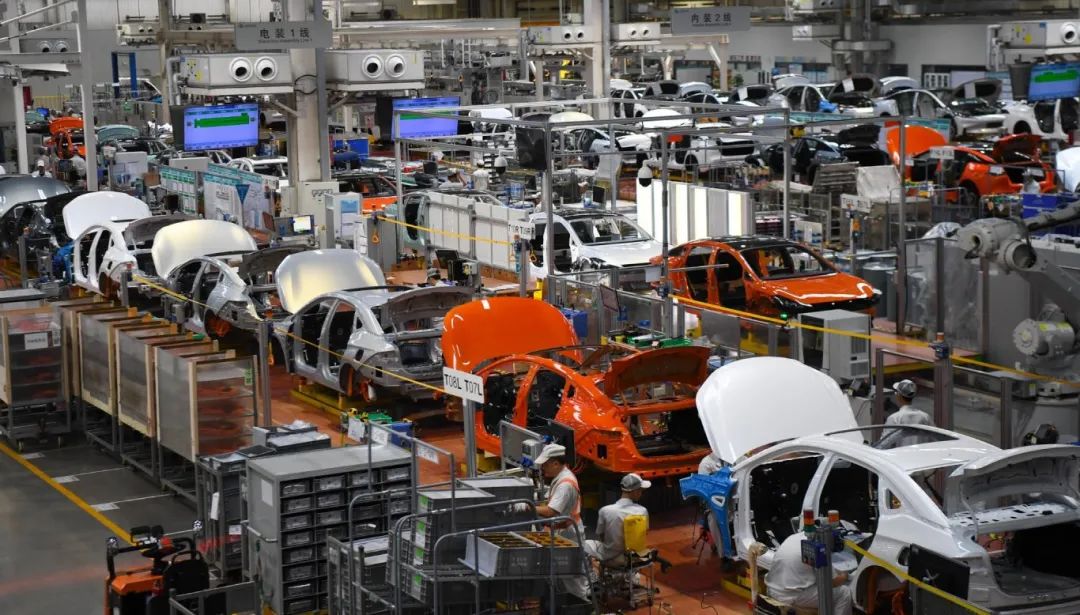
Data from the China Association of Automobile Manufacturers reveals that in 2024, new energy vehicle production and sales reached 12.888 million and 12.866 million units, respectively, with year-on-year increases of 34.4% and 35.5%. However, this impressive growth is primarily fueled by the strong demand for plug-in hybrid vehicles.
Sales of plug-in hybrid vehicles accounted for 40% of new energy vehicle sales, an increase of 10.4 percentage points from the previous year. The rapid growth of plug-in hybrids has become a new driver for new energy vehicle sales. In contrast, pure electric vehicle sales growth has been relatively slow, accounting for 60% of total new energy vehicle sales, a decrease of 10.4 percentage points from the previous year.
Despite significant price drops due to various incentive policies, pure electric vehicles are still relatively expensive compared to traditional internal combustion engine vehicles. Range anxiety and vehicle residual value remain key concerns for potential buyers. Last year, the influx of numerous affordable new energy vehicle models spurred consumer demand to some extent.
Among new energy manufacturers, BYD Automobile retains its top position. In 2024, BYD sold a total of 4.2721 million new energy vehicles, a year-on-year increase of 41.26%. Plug-in hybrid vehicle sales reached 2.4854 million units, a year-on-year increase of 72.83%.

Tesla, China's second-largest pure electric vehicle manufacturer, has shown mixed performance. According to official Tesla data, sales in the Chinese market reached approximately 657,000 units in 2024, a year-on-year increase of 8.8%, accounting for nearly 40% of Tesla's global sales. While this is still commendable compared to other markets, its growth rate has significantly slowed down from the 37.3% year-on-year increase in the Chinese market in 2023.
Concurrently, some local powerful new energy vehicle manufacturers have also performed well. For the entire year of 2024, Li Auto reclaimed the top spot with sales of 500,500 units, while Hongmeng Zhixing and NIO ranked second and third with sales of 445,000 units and 293,700 units, respectively. ZEEKR delivered a total of 222,100 vehicles throughout the year, a year-on-year increase of 87%.
However, not all new energy vehicle manufacturers can thrive in this competition. Smaller manufacturers with insufficient funds are struggling. NIO's sales have plummeted, with only 90,000 units sold from January to November. The company has accelerated its reorganization to cut costs and prepare for a potential Hong Kong listing next year.
Last year, several Chinese startup automakers went bankrupt, including Geely Yue, WM Motor, HiPhi, and Voyah Automobile. More enterprises are expected to face bankruptcy risks in the future. Currently, there are approximately 200 new energy vehicle manufacturers in China, but this number is already less than half of the estimated figure from a few years ago.
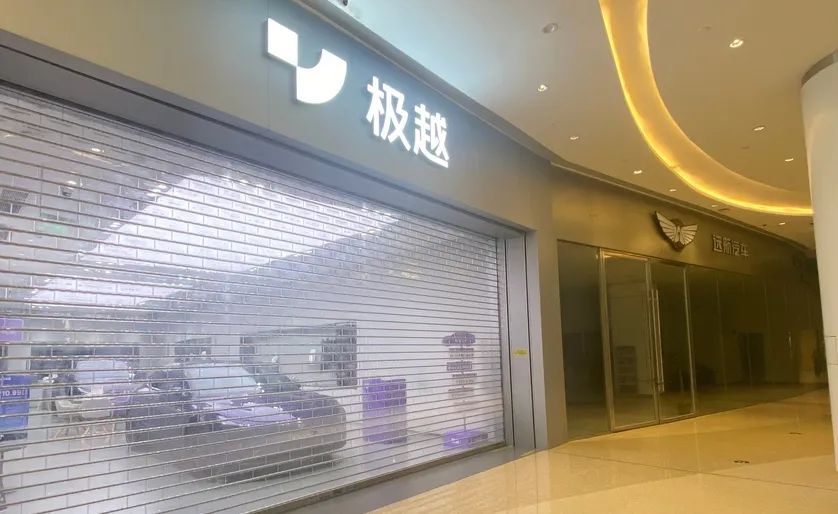
Many of these small automakers were primarily established to exploit government incentive policies and operate mainly at the regional level, with relatively low product technology content. With technology giants like Huawei and Xiaomi entering the automotive industry, they are increasingly encroaching on the automotive sector, further squeezing the living space of small automakers.
Moreover, not only is the price war ongoing, but automakers' cost-cutting measures are also underway. While this is good news for consumers, as pure electric vehicle prices continue to fall while new products' quality and performance improve, it is not favorable for smaller automakers with insufficient funds.
Joint Venture Brands in a Tougher Situation
After a thorough analysis of the current market structure trends, industry insiders noted: "In future market competition, state-owned enterprises and large private enterprises, with their robust financial strength, scale advantages, and relatively complete management systems, will have the ability to adapt to market changes, survive, and continue to grow."
"However, small enterprises, especially those without export business and reliant solely on the domestic market, will face severe challenges. Due to the lack of diversified market channels and sufficient risk resistance capabilities, these enterprises will experience a significant number of integrations and eliminations in fierce market competition."

In November last year, He Xiaopeng, CEO of XPeng Motors, highlighted the steep decline in the number of Chinese automakers. "From 300 startups to less than 50 now, only 40 of them actually sell cars every year." Looking ahead, he predicted that "the situation will be even more challenging than before," and that only seven large automotive companies will remain in ten years.
He Xiaopeng's questioning viewpoint has been echoed by other automotive industry leaders, including foreign brands.
In October last year, Ola Källenius, CEO of Mercedes-Benz, also spoke about the increasingly severe challenges posed by Chinese automakers, describing it as a "survival battle" for Western brands. "This is a Darwinian price war and market cleansing. Many of today's participants will cease to exist in five years."
Compared to the elimination round faced by Chinese brands, foreign brands are in an even more challenging situation. For a long time, international brands like General Motors, Volkswagen, and Toyota have occupied a significant place in the Chinese market, but in recent years, their market share has gradually eroded by local Chinese competitors.
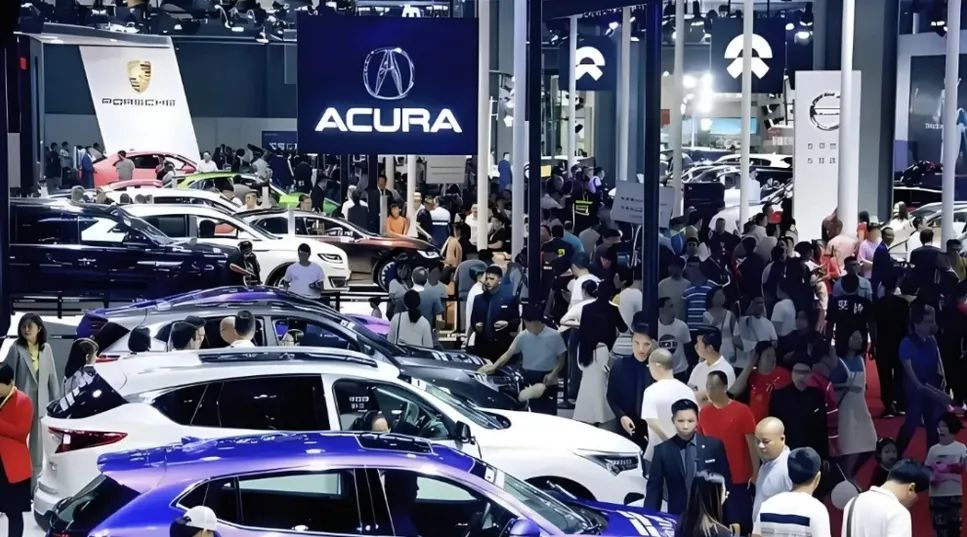
With innovative products, services closer to consumer needs, and flexible market strategies, Chinese local brands have won over more and more consumers. The latest data from the Passenger Car Association shows that Chinese local brands' share in the domestic market reached 61% in 2024, an increase of 8.6 percentage points from the previous year.
This data undoubtedly further confirms the immense pressure and challenges faced by foreign brands in the Chinese market. However, some joint venture brands that once dominated the Chinese automobile market are still seeking new survival strategies, even though their sales volumes have dwindled.
At the Detroit Auto Show in January 2025, Ford CEO Jim Farley expressed satisfaction with Ford's performance in the Chinese market. He said, "I am pleased to inform you that Ford has achieved profitability in the Chinese market, which makes me very proud because not all automakers can achieve this."

Farley further revealed that despite the extremely challenging market conditions Ford faced in China last year, the company still successfully achieved a profit of approximately $600 million. Behind this achievement lies Ford's "asset-light" strategy implemented in the Chinese market.
Compared to its relatively bloated product portfolio in the past, Ford has been striving to optimize its product line in China, aiming for a more streamlined and efficient operation. The company has not only tailored more carefully selected products for the Chinese market but also increased production and exports from China. For instance, the recently redesigned Lincoln Nautilus embodies this strategy.
In fact, Ford is not alone in implementing a strategy of producing in China and selling overseas. Since last year, many joint venture brands, including Beijing Hyundai, Yueda Kia, Dongfeng Honda, and Dongfeng Peugeot Citroen Automobile, have intensified their export layouts and sought new growth points. Some of these brands are precisely those widely believed to be "on the verge of exiting the Chinese market."
Regardless, the global market competition landscape is volatile, and the "real money" subsidies in the domestic automobile market will eventually end. When the market returns to normal competition, the real elimination round will swiftly arrive.

